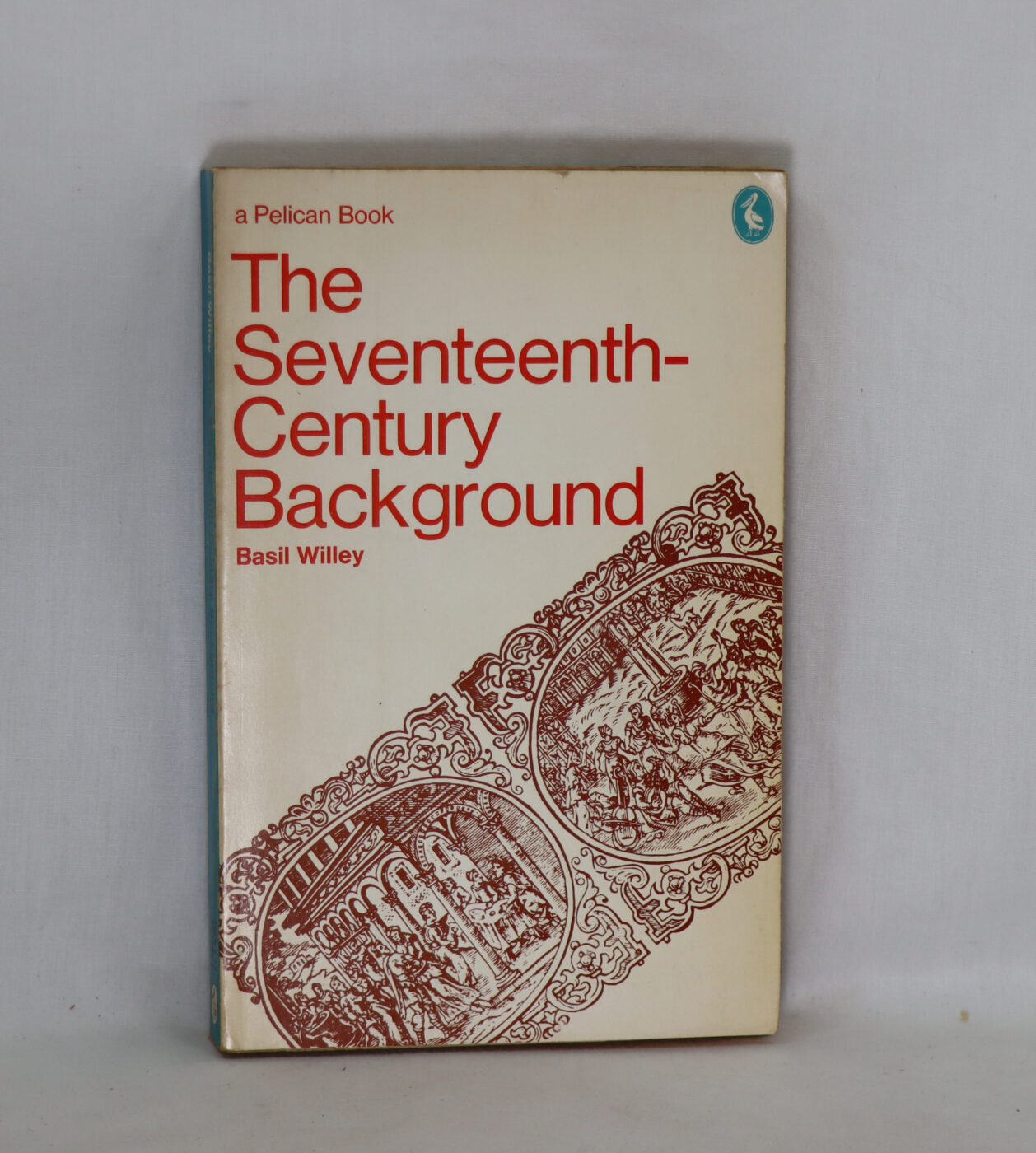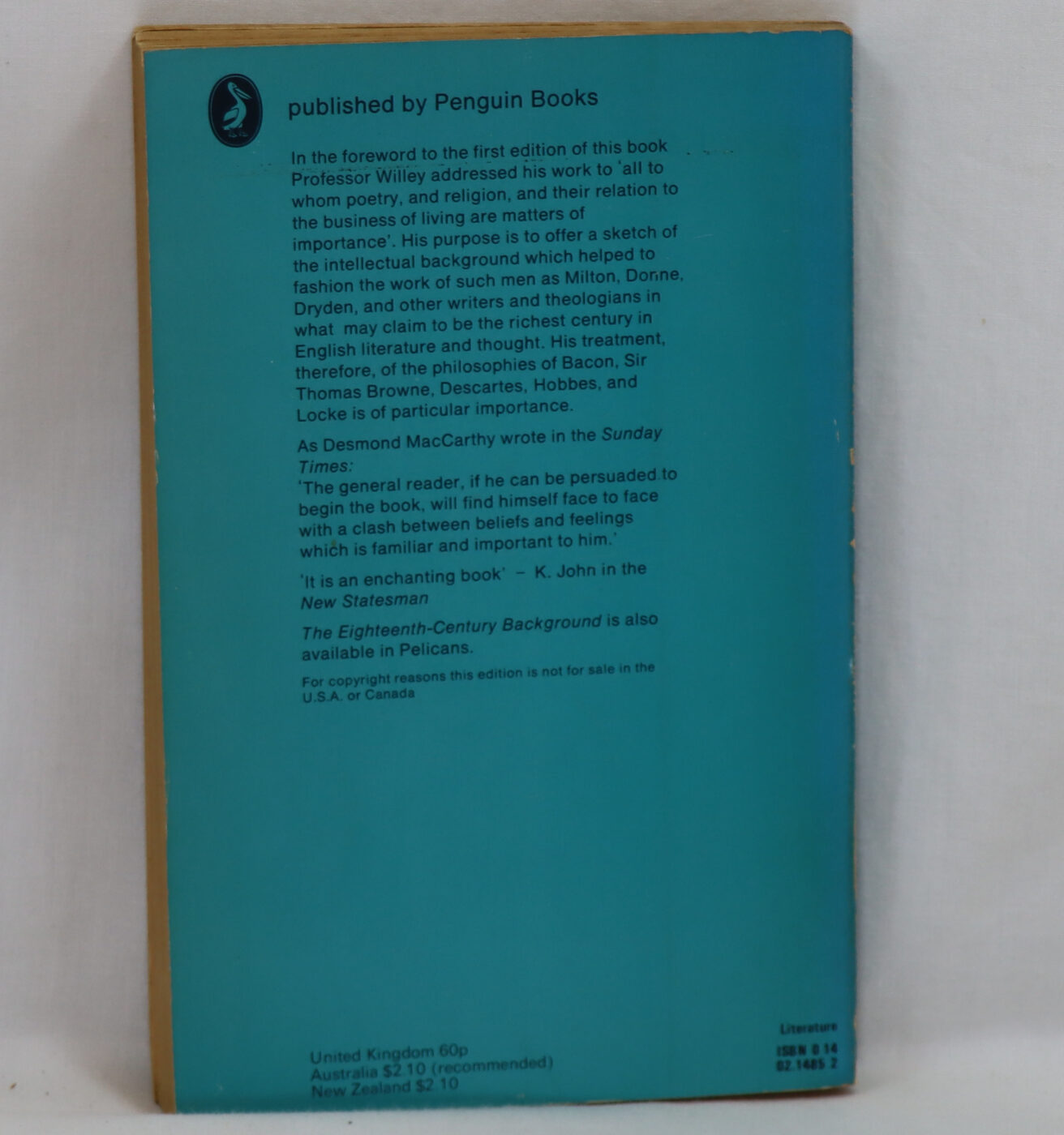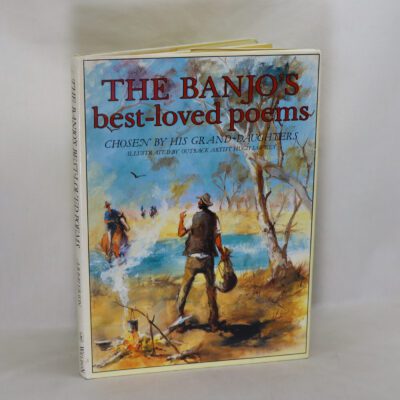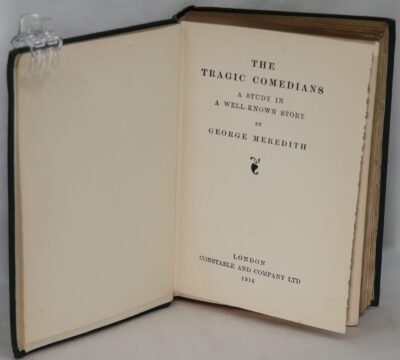The Seventeenth Century Background.
By Basil Willey
Printed: 1972
Publisher: Penquin Books.
| Dimensions | 13 × 20 × 2 cm |
|---|---|
| Language |
Language: English
Size (cminches): 13 x 20 x 2
Condition: Fair (See explanation of ratings)
Item information
Description
Paperback. Cream cover with black title on the spine and on the front board.
We provide an in-depth photographic presentation of this item to stimulate your feeling and touch. More traditional book descriptions are immediately available
- This used book has a £3 discount when collected from our shop
For the conditions of this used book, please view our photographs.
284 pages. Illustrated paperback. The Seventeenth-Century Background: Studies in the Thought of the Age in Relation to Poetry and Religion
Review: Basil Willey, “Seventeenth Century Background” puts the entire history of the crumbling edifice of medieval thought in Europe in brilliant perspective. Many years ago, Wallace MacCaffrey, teaching Modern European History at Haverford College, said this about the intellectual revolution of the 17th century: “Medieval life rested on two bases: religious authority, which rested on ultimate revelation, to which was added the authority of the church…..By the late Middle Ages the intellectual tradition had broadened. There was no organized attempt on the part of the church to check this movement….Differences between Christian thought and Greek thought were not too well pointed out. By the end of the 15th century there was a psychological contempt for the institution of the church, although no explosion as such had taken place. Rather, a loss of confidence gradually sets in….. “After the Reformation, there was an opportunity for new ideas. Also there were many new ideas about religion itself…..not limiting the discussion to Christianity… Instead of revelation there came to be a body of knowledge that squared with human experience. By the end of the 17th century a new recovery of confidence had set in….Newtonian physics became the Gospel of the Enlightenment…..There even became a science of man….” This introductory statement by Wallace MacCaffrey might put Basil Willey’s magnificent book in perspective. Willey writes in great detail about the upsetting of the concept of the ancient and medieval three-story universe, replacing it with a new confidence in nature and a new confidence in religion and literature to express realities beyond nature. Surprisingly, the 17th century worked out a synthesis, so that religion and science were not really antagonistic, sparring enemies, but partners in discovering, and discussing, Truth in its many manifestations. John Milton, “Paradise Lost” is perhaps the epitome of what had happened. It was even considered to have surpassed ancient literature in splendor and insight. Also, Willey discusses the philosophies of Thomas Hobbes, Rene Descartes, John Locke, and others as he enables the reader to come to grips with the revolutions occurring in Western thought. This is an extremely helpful read…..I bought another copy from Amazon to replace my original copy —by now battered and worn from all its use in the past 58 years….
- Ralph Barlow
Want to know more about this item?

Related products
Share this Page with a friend










